The Legacy of the Survivors’ Stairs at the 9/11 Memorial
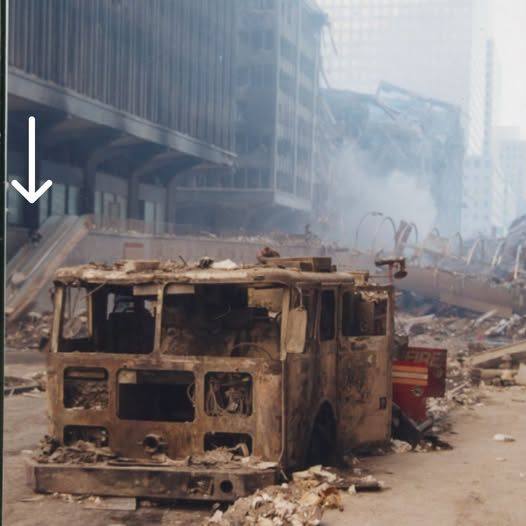
The Legacy of the Survivors’ Stairs at the 9/11 Memorial
Among the most poignant artifacts preserved from September 11, 2001, are the Survivors’ Stairs. Once a functional set of concrete steps, they connected the World Trade Center’s Austin J. Tobin Plaza to Vesey Street below.
On that tragic morning, as chaos unfolded and debris rained down from the North Tower, the stairs and an adjacent escalator offered a clear escape route. For hundreds of people, they became a lifeline, guiding them safely away from the collapsing towers.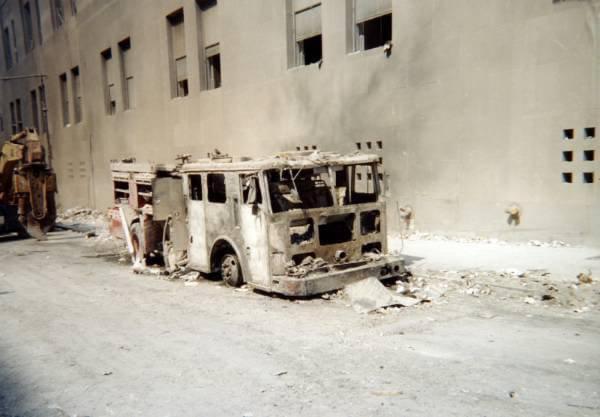
Eyewitnesses recall the harrowing scene: men and women running across the open plaza, risking exposure to falling wreckage, yet driven forward by the sight of those steps. In a matter of minutes, the Survivors’ Stairs transformed from an ordinary urban feature into a critical pathway to survival.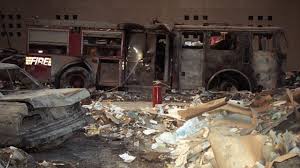
What makes their story remarkable is not only their role on that day but their endurance afterward. Despite the devastation, the Vesey Street stairs withstood the collapse of the towers. They were battered, scarred, and partially buried, but still standing amid the destruction.
During the cleanup, the stairs were nearly lost. Heavy machinery demolished nearby structures, escalators, and foundations. For a time, it appeared that the stairs, too, would be removed. But survivors, preservationists, and advocates rallied together, recognizing their significance as a living monument.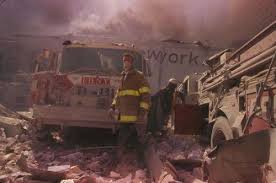
Their efforts succeeded. Rather than being discarded, the Survivors’ Stairs were carefully extracted and placed under the protection of the 9/11 Memorial & Museum. Today, visitors can stand before them, reflecting on their quiet yet powerful symbolism.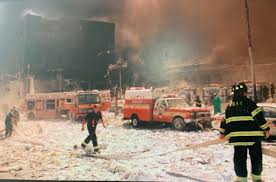
The preserved stairs serve not only as a reminder of those who escaped but also as a tribute to the resilience of all who endured the tragedy. They embody survival, determination, and the will to carry on when so much seemed lost.
At the 9/11 Memorial & Museum, the Survivors’ Stairs stand in silence, bridging the past and present. They remind us that even in moments of profound loss, there are paths forward—and that survival itself can become a symbol of hope.











